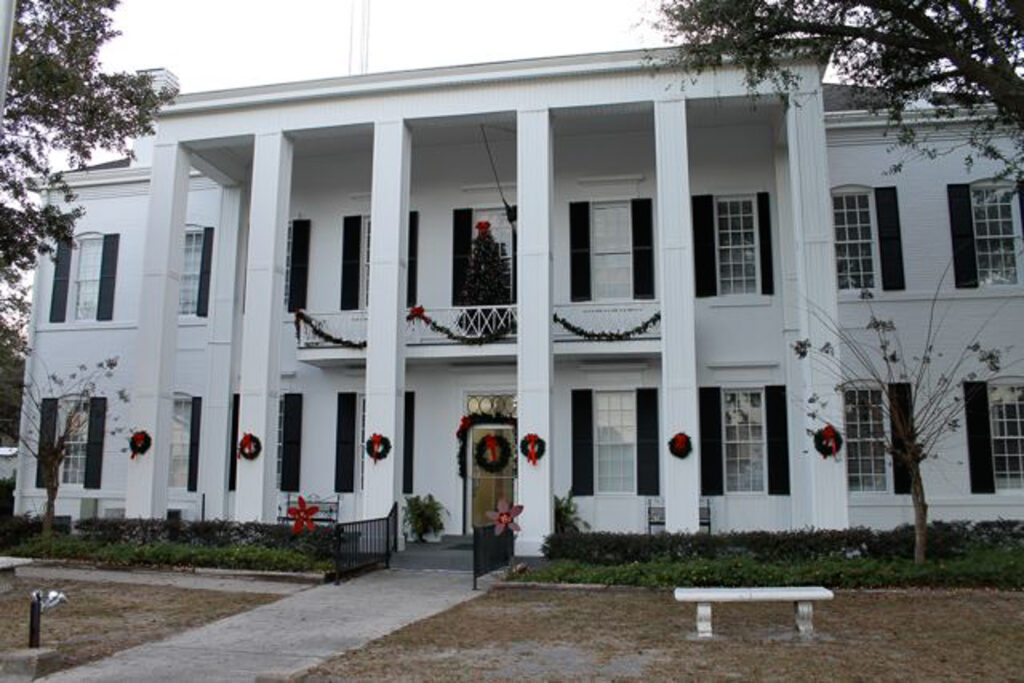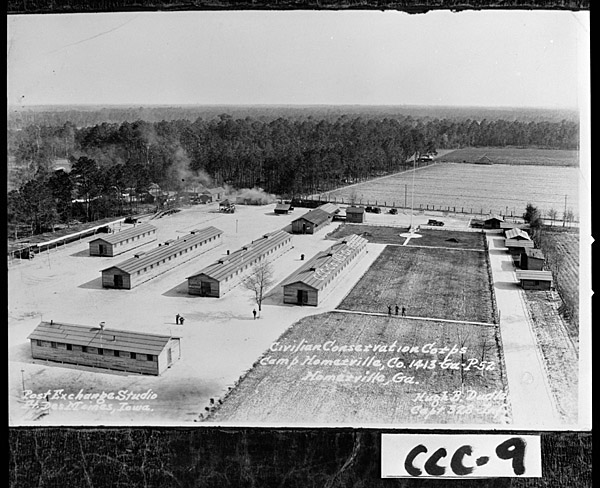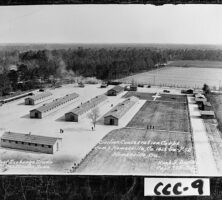Clinch County, in southeast Georgia, is the state’s third largest county. Clinch comprises 809 square miles and includes a portion of the Okefenokee Swamp, which extends over the eastern border of the county.
Clinch County was formed in 1850 from land that came from parts of Lowndes and Ware counties; portions also came from Appling County. (In subsequent years Clinch lost some of its territory to Atkinson, Coffee, Echols, and Lanier counties.) The county was named for Duncan Lamont Clinch, a veteran of the War of 1812 (1812-15) and later a Georgia congressman who was defeated in the 1847 gubernatorial campaign.
The region was originally inhabited by Oconee Indians. The first white settlers established small farms, but by the nineteenth century, the county’s economy focused on timber products, with a very active turpentine distillation industry.

According to the 2020 U.S. census, the county population is 6,749.
The county seat is Homerville, which began as a stagecoach stop and was first incorporated in 1869. The town became important to the developing turpentine industry, and several major sawmills were established in and around Homerville after the Civil War (1861-65). The current county courthouse, built in 1896, was extensively renovated and extended in 1936 by the Works Progress Administration. During the Great Depression, Company 1413 of the Civilian Conservation Corps was encamped at Homerville, where its members worked in forestry and photography. In the late twentieth century, the town established a thriving honey industry, based on a deeply aromatic honey from bees who gather their nectar in the Okefenokee Swamp.

There are three other incorporated towns in Clinch County—Argyle, DuPont, and Fargo. Established in 1885, Argyle was first known as Saussy, after Clement Saussy, an heir to Gasper J. Fulton of Savannah, who had previously owned the land. The town was located on the A.C.L. Railroad and in its first years was little more than a railroad station. In 1899 the town took its current name, which honors Fort Argyle, the earliest of James Oglethorpe’s coastal forts, and in 1901 the town was incorporated. DuPont was first known as Suwannoochee, after a nearby creek. Settled in 1858 by Captain J. P. A. DuPont of Darien, the town was renamed Lawton. It did not take its current name until 1874, when it was incorporated. The town of Fargo was established on the banks of the Suwannee River and incorporated in 1992.
Notable residents of Clinch County have included U.S. congresswoman Iris Faircloth Blitch, who was the first woman to serve two terms in the Georgia senate, actor Ossie Davis, and Methodist bishop Arthur J. Moore.
Places of interest include Stephen C. Foster State Park, inside the Okefenokee Swamp National Wildlife Refuge. The refuge is home to numerous mammals, birds, and reptiles and amphibians, many of which can be seen from the trails. The largest festival in the county is the Timberland Jubilee, held each spring to showcase the contributions the timber industry has made to the local economy.









